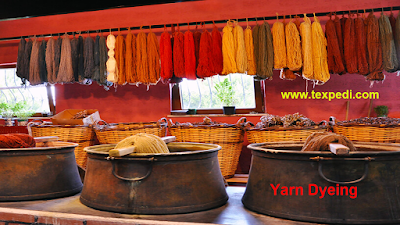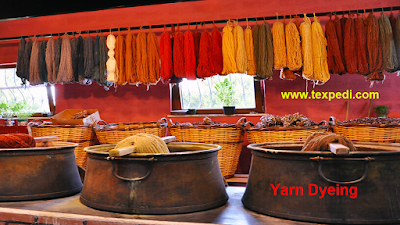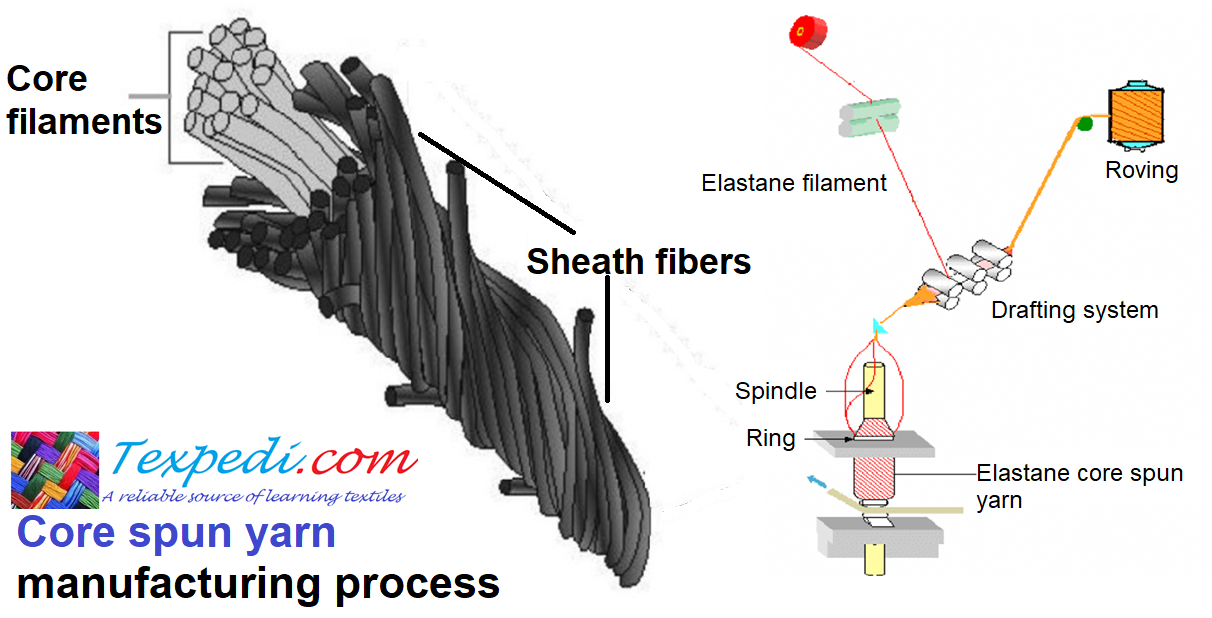Emdadul Haq
Lecturer, Department of Textile Engineering, Primeasia University; Bangladesh
Dyeing is the application of dyes or pigments on textile materials such as fibres, yarns, and fabrics with the goal of achieving colour with desired colour fastness. Dyeing is normally done in a special solution containing dyes and particular chemical material. Dye molecules are fixed to the fibre by absorption, diffusion, or bonding with temperature and time being key controlling factors. The bond between dye molecule and fibre may be strong or weak, depending on the dye used. Dyeing and printing are different applications; in printing, colour is applied to a localised area with desired patterns. In dyeing, it is applied to the entire textile.
There are many forms of yarn dyeing. Common forms are the package form and the hanks form. Cotton yarns are mostly dyed at package form, and acrylic or wool yarn are dyed at hank form. In the continuous filament industry, polyester or poly-amide yarns are always dyed at package form, while viscose rayon yarns are partly dyed at hank form because of technology.
Yarn Dyeing Process Flowchart:
Yarn Received From Grey Store
👇
Soft Winding
👇
Batching
👇
Yarn Loading
👇
Pre-treatment (Scouring & Bleaching)
👇
Dyeing
👇
After Treatment (Soaping)
👇
Yarn Unloading
👇
Water Removed by Hydro-extractor Machine
👇
Yarn Drying by Dryer Machine
👇
Shed Check
👇
Hard Winding
👇
Packing & Deliver
Texpedi.com







